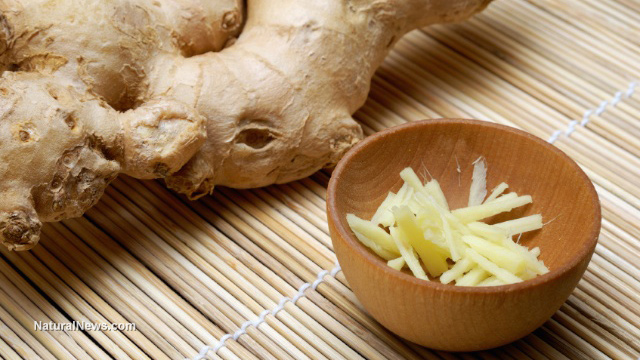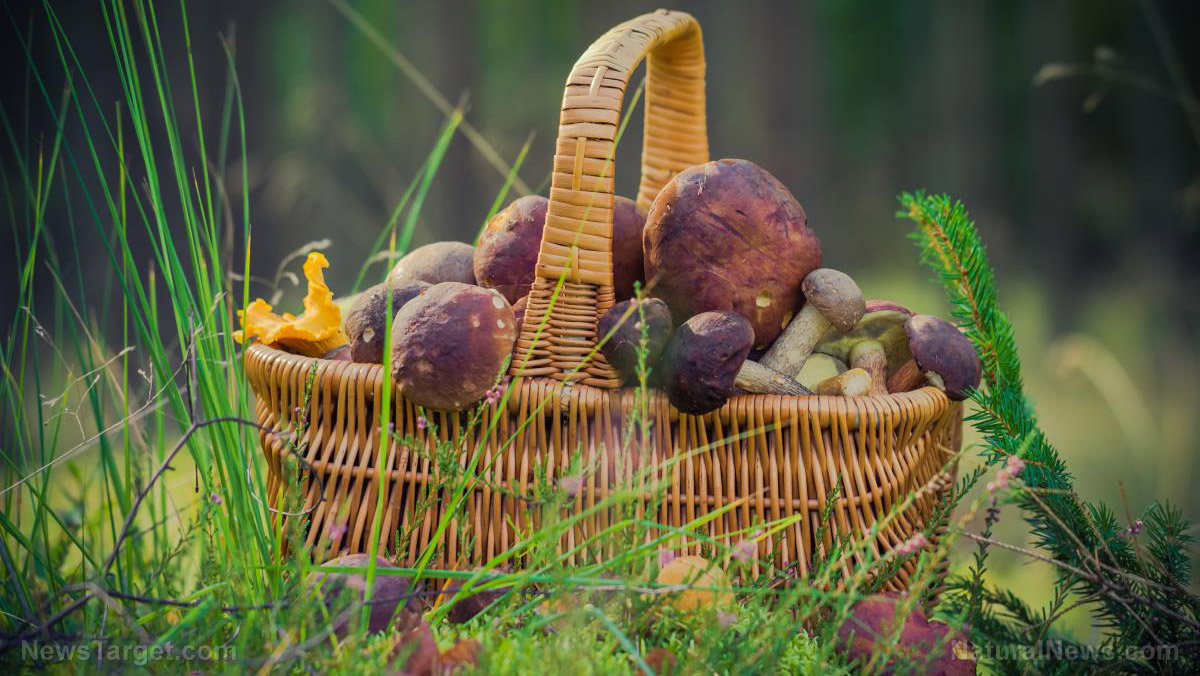
Advertisement
Ginger is a popular spice used in a variety of cultural dishes. However, it is also known for its fantastic medicinal uses. It is packed with nutrients and bioactive compounds that benefit the body and brain, making it the perfect addition to your dishes every day.
Even better, you can easily grow your own ginger at home for easy access to one of the healthiest and delicious spices around.
Numerous studies have concluded ginger’s therapeutic properties. In fact, this herb has been used in traditional medicine for centuries, on account of its ability to help digestion, reduce nausea and even fight off the flu and common cold. This herb is also widely known to alleviate the symptoms of gastrointestinal distress.
A 2007 study revealed ginger’s ability to treat motion sickness better than some over-the-counter prescription drugs. Its ability to relieve nausea, dizziness, vomiting and cold sweating makes it a popular choice for treating an upset stomach – something frequently experienced by expectant mothers.
This flowering plant also contains potent anti-inflammatory compounds called gingerols, a substance that can help reduce pain in people with osteoarthritis and rheumatoid arthritis. When consumed regularly, it can even improve their mobility.
Ginger as a cancer-fighter
Researchers from the University of Minnesota concluded that gingerols inhibited the growth of colorectal cancer cells after providing the herb to mice specifically bred to lack an immune system. Scientists fed the mice half a milligram of gingerol three times a week before injecting them with human colorectal cancer cells.
After 15 days, 13 tumors were found in the control group (meaning they were not given gingerol) compared to just four tumors identified in the group that received gingerol. By day 38, one mouse in the gingerol-receiving group still had no measurable tumors; however, all of the control group mice were eventually euthanized because their tumors had grown to one cubic centimeter.
Growing ginger in your garden
Fortunately, keeping fresh ginger around the house is a lot simpler than you might think. This herb is super easy to grow.
Some conditions that ginger absolutely loves are a sheltered spot, filtered sunlight, warm weather and humidity. Ginger also enjoys rich, moist and loose soil. The spice does not thrive well in frost, direct sunlight, strong winds or soggy, waterlogged soil.
While commonly called “ginger root,” the part that people harvest and eat is called a rhizome. The best way to start a ginger plant is to get a rhizome from a friend. Make sure to select a rhizome that’s fresh and plump.
Ideally, it’s best to select organic ginger. Let it dry for 24-48 hours before planting into a medium-sized, well-draining pot.
Good soil and compost are critical for starting a ginger plant. It’s also important for the plant to be free-draining so it doesn’t become waterlogged. Nutrient-rich compost will keep ginger moist.
It’s best to plant ginger in the late winter or early spring, where the herb is protected from wind and can receive indirect sunlight. Mature ginger requires eight to 10 months of growing; however, you can begin stealing tiny bits of root around four months. The best time to harvest is when the leaves die down.
When your ginger plant is ready to harvest, simply use a small shovel to dislodge the root, separating part of it for use. You can replant them right away and/or keep the rest for the kitchen. Ginger keeps best if you keep it in its natural casing; however, you can also peel, chop and freeze it.
If you happen to be a fan of ginger, now you know how to grow your own at home so you’d never go without the spice ever again.
Sources:
Advertisements







